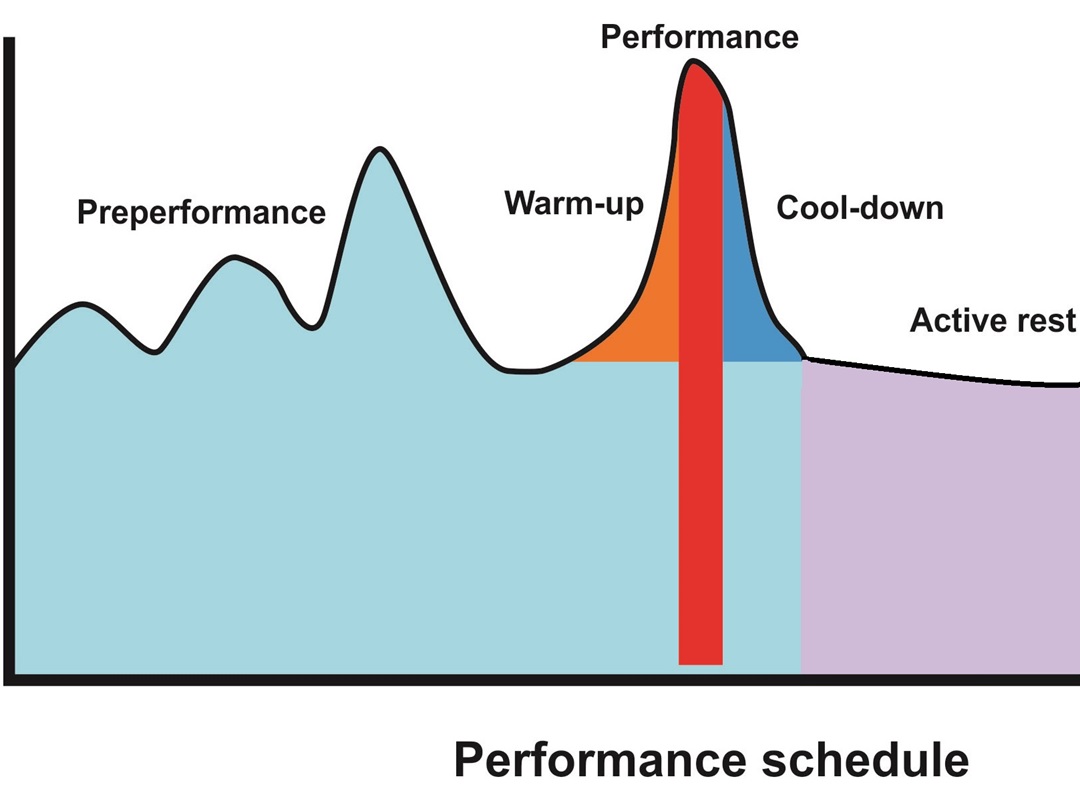
This work is licensed under a Creative Commons Attribution-NonCommercial-NoDerivatives 4.0 International License.
Show authors biography
Introduction. Singing is a type of sportive activity and, like sports medicine, professional voice medicine is interested in the habilitation and rehabilitation of the vocal performer. The vocal needs of the professional vocal performer may not be similar to other professional or non-professional voice users. Like a professional athlete, a vocal performer’s ability to perform for many decades at a high level will be enhanced by basing artistic and lifestyle decisions on a scientifically sound foundation.
Objective. The aim of this study is to present a multidimensional introduction to the methods of SVT, incorporating the principles of sport and exercise medicine, and physical therapy and rehabilitation.
Reflection. Singing voice therapy needs to provide answers to “what”, “why”, “how”, and “when” questions. SVT must first correctly identify the problem, leading to the “how to do” solutions for a wide variety of cases, followed by a schedule of prescribed activities including answers to the “why” question (which exercise relates to which muscle). The periodization and motor learning principles provide a temporal answer to the “when” question when developing habilitation and/or rehabilitative protocols.
Conclusion. Singing is not only an artistic expression but also a sportive performance. The clinical approach to the professional voice is a multidimensional and multi-layered team effort. All practices are structured by blending scientific and pedagogical knowledge.
Article visits 760 | PDF visits 604
- Titze IR. What is vocology? Logopedics Phoniatrics Vocology. 1996;21:5-6. doi: https://doi.org/10.3109/14015439609099196
- Denizoglu I. [Voice Therapy: Clinical Vocology]. 1st Ed. Turkey: Adana: Adana Nobel Kitabevi:; 2012. Turkish.
- Dastolfo-Hromack C, Thomas TL, Rosen CA, Gartner-Schmidt J. Singing voice outcomes following singing voice therapy. Laryngoscope. 2016;126:2546–2551. doi: https://doi.org/10.1002/lary.25962
- Abbott, G. Graham Abbott On Richard Strauss. State Opera South Australia [Internet]. 2019 June [Cited November 2021] Available from: https://stateopera.com.au/graham-abbott-on-richard-strauss/
- Kaufman JA, Isaacson G. The spectrum of vocal dysfunction. Otolaryngol Clin North Am. 1991;24(5):985-988.
- Denizoglu I. [Singing Voice Therapy]. Türkiye Klinikleri J E.N.T.-Special Topics. 2013; 6(2):53-70. Turkish.
- Peterson L, Renstrom P. Sports Injuries: Prevention, Treatment and Rehabilitation. Fourth Edition. Boca Raton: Taylor & Francis; 2017.
- Saxon K, Schneider CM. Vocal exercise physiology. San Diego: Singular Publishing; 1995.
- Brown PS, Miller CW, Eason MJ. Exercise Physiology: Basis of Human Movement in Health and Disease. Pennsylvania: Lippincott Williams & Wilkins; 2006.
- Myers T. Anatomy Trains Churchill. 3rd Ed. London: Livingstone; 2014.
- Parisi B, Allen J. Fascia Training: A Whole System Approach The New Evidence-Based Science of Speed, Power, and Injury Resilience. New Jersey: Parisi Media Productions; 2019.
- Laukkanen A, Titze IR, Hoffman H, Finnegan E. Effets of a semioccluded vocal tract on laryngeal muscle activity and glottal adduction in a single female subject. Folia Phoniatr. Logop. 2008;60:298-311. doi: https://doi.org/10.1159/000170080
- Elliot N, Sundberg J, Gramming P. Physiological aspects of a vocal exercise. Dept. For Speech, Music and Hearing Quarterly Progress and Status Report STL-QPSR. 1992;33(2-3):079-087. doi: https://doi.org/10.1016/s0892-1997(97)80075-6
- Denizoglu, I. [Textbook of Clinical Vocology]. 1st Ed. Ankara: Karaca Basım; 2020.Turkish.
- Kob M, Henrich N, Herzel H, Howard D, Tokuda I, Wolfe J. Analysing and Understanding the Singing Voice. Recent Progress and Open Questions. 2011 Sep;6(3):362-374.
- Chapman J. Singing and Teaching Singing. San Diego CA: Plural Publishing Inc.; 2006
- Schmidt RA, Lee TD. Motor control and learning: A behavioral emphasis. 4th Ed. Champaign, IL: Human Kinetics; 2005.
- Fitts PM, Posner MI. Human performance. Belmont, CA: Brooks/Cole; 1967. 19.
- Brown OL. Discover Your Voice: How to develop healthy voice habits. 7th ed. California: Singular Publishing Group CA; 2004.
- Denizoglu I, Pehlivan M. [Effects of forward head posture on voice quality and a new treatment method: Vocal Posturometer]. Turk Arch Otorhinolaryngol. 2008;46(3):236-9. Turkish.
- Bestebreurtje ME, Schutte HK. Resonance strategies for the belting style: results of a single female subject study. J Voice. 2000 Jun;14(2):194-204. doi: https://doi.org/10.1016/s0892-1997(00)80027-2
- Titze IR, Story BH. Acoustic interactions of the voice source with the lower vocal tract. The Journal of the Acoustical Society of America. 1997;101(4):2234-2243. doi: https://doi.org/10.1121/1.418246
- Shipp T, Guinn L, Sundberg J, Titze IR. Vertical laryngeal position - Research findings and their relationship to singing. J Voice. 1987;1(3):220-2. doi: https://doi.org/10.1016/S0892-1997(87)80003-6
- Titze IR. Raised Versus Lowered Larynx Singing. NATS J. 1993;50(2):37.
- Pehlivan M, Denizoglu I. Laryngoaltimeter: a new ambulatory device for laryngeal height control, preliminary results. J Voice. 2009;23(5):529-38. doi: https://doi.org/10.1016/j.jvoice.2008.01.004
- Laukkanen AM. About the so called “resonance tubes” used in Finnish voice training practice. An electrogtottographic and acoustic investigation on the effects of this method on the voice quality of subjects with normal voice. Scand J Logoped Phoniat. 1992; 17:51-161 doi: https://doi.org/10.3109/14015439209098733
- Story BH, Laukkanen AM, Titze IR. Acoustic Impedance of an Artificially Lengthened and Constricted Vocal Tract. J Voice. 2000;14(4):455-469. doi: https://doi.org/10.1016/S0892-1997(00)80003-X
- Yerkes RM, Dodson JD. The relation of strength stimulus to rapidity of habit formation. J Comp Neurol Psychol. 1908; 18:459-82. doi: https://doi.org/10.1002/cne.920180503
- Kenny DT. Music performance anxiety: Origins, phenomenology, assessment and treatment. Special issue: Renegotiating musicology. Context: A Journal of Music Research. 2006;31:51-64.
- Kirchner J. Managing musical performance anxiety. American Music Teacher. 2004;54(3):31-33.
- Plowman SA, Smith DL. Exercise Physiology for Health, Fitness, and Performance. 4th Ed. Pennsylvania: Lippincott Williams & Wilkins; 2015.



